By 2050, Long An will be the leading industrial province in the country.
Accordingly, Deputy Prime Minister Tran Hong Ha has just signed Decision No. 686/QD-TTg dated June 13, 2023 approving the Long An Provincial Planning for the period 2021 - 2030, with a vision to 2050, with the planning scope and boundary of Long An province including the territory of Long An province with a total natural area of 4,494.8 km2.
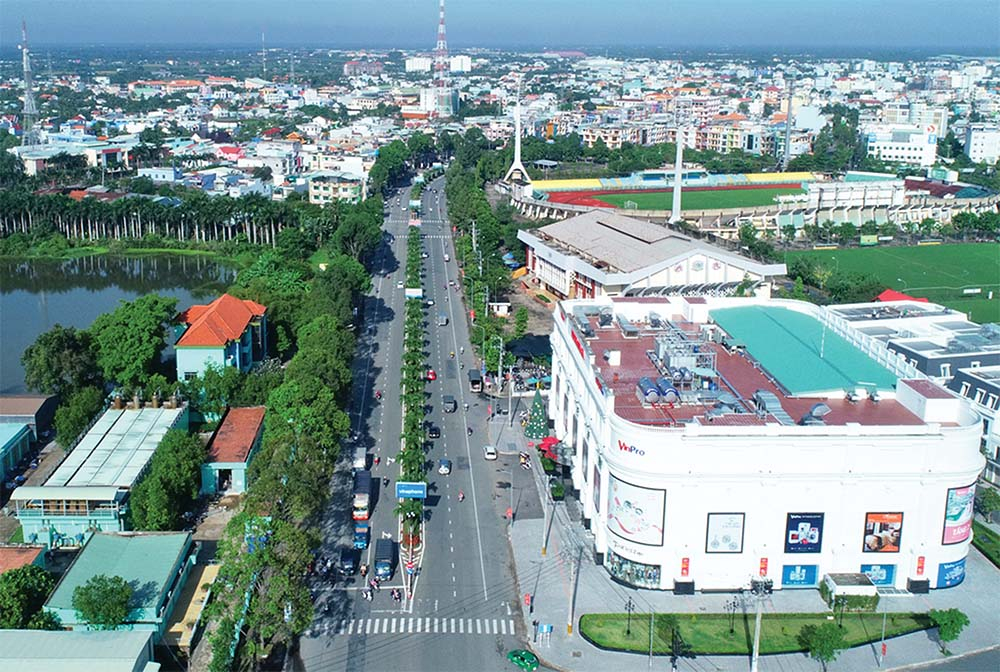
Development goal by 2030, strives for Long An province to be a center of dynamic, effective, and sustainable economic development in the Southern region. Illustrative photo
Development goal by 2030, strives for Long An province to be a center of dynamic, effective and sustainable economic development in the Southern region; become a gateway on the urban-industrial economic corridor of the Mekong Delta region; closely connected with Ho Chi Minh City and the Southeast region; an important cooperation and trade hub with Cambodia. Form economic corridors, regions, development centers and dynamic urban areas; adapt to climate change. National defense, security and social order and safety are ensured. People have a prosperous, civilized and happy life.
Specifically, strive for an average growth rate of gross regional domestic product (GRDP) of 9% per year; GRDP per capita (current price) reaching over 180 million VND.
The rate of trained workers is over 80%, of which the rate of trained workers with degrees and certificates is 40%. The rate of schools meeting national standards at preschool level is 80%, primary level is 100%, secondary level is 70%, high school level is 45%. Completing universal preschool education for 3-4 year old children.
Forest cover remains stable at 3.3%. Average green area per urban resident is about 8-10 m2.
By 2050, Long An will be the leading industrial province in the country, becoming one of the important economic growth poles of the Mekong Delta, with a development level equivalent to the well-developed provinces of the Southeast region. Society will be orderly, disciplined, secure, safe and civilized; people will develop comprehensively, the living environment will be clean and proactive in adapting to climate change.
Tan An City is the political - administrative - core urban - satellite urban center of Ho Chi Minh City; is the modern, high-tech commercial, service and industrial center in the Northeast of the Mekong Delta region.
Renovate and upgrade 53 existing provincial roads and build 29 new provincial roads
Urban and industrial area: Including Duc Hoa, Ben Luc, Can Giuoc, Can Duoc districts, part of Tan Tru district, Tan An city, part of Thu Thua district and Chau Thanh district. Focus on developing urban and general industry, creating a central urban development corridor in Ben Luc - Tan An and industrial urban areas in Duc Hoa, Can Giuoc, Can Duoc districts; developing economic zones in Can Giuoc, Can Duoc districts; developing suburban agriculture, specializing in high technology application in Chau Thanh, Tan Tru districts and Tan An city.
High-tech agricultural, tourism and border economic zone: Including Kien Tuong town and Vinh Hung, Tan Hung, Moc Hoa, Tan Thanh, Thanh Hoa districts, part of Thu Thua district. Developing services and industry in the border economic zone; developing eco-tourism associated with the typical landscape of Dong Thap Muoi region, striving to make Dong Thap Muoi tourism brand a national brand closely linked with provincial tourism. Developing Kien Tuong town as the center of Dong Thap Muoi region.
Ecological buffer zone: Including Duc Hue district, part of Thu Thua district and part of Tan Tru district; developing high-tech agriculture, reserving reasonable land for industrial development, ecological urban areas, and intra-provincial transit areas.
Regarding the plan to develop the transport and logistics network, intersections will be established connecting the national transport infrastructure system with the provincial infrastructure system, in order to enhance inter-regional transport connectivity, promote socio-economic development; arrange additional exits and entrances to the North-South expressway in the East in Ben Luc and Thu Thua districts.
Renovate and upgrade 53 existing provincial roads and build 29 new provincial roads; prioritize upgrading and building the following routes: Provincial Road 827E, Duc Hoa dynamic axis, National Highway 62 parallel road, My Quy Tay - Luong Hoa - Binh Chanh dynamic axis, Tan Tap - Long Hau road. Upgrade and build new urban traffic systems, forming a complete and reasonable urban infrastructure; land fund for urban road traffic infrastructure construction reaches 18% - 25% compared to land fund for construction in urban areas.
Regarding urban railways: Construct two new urban railway lines to connect the central urban area with satellite cities and serve tourism development, namely the Hung Nhon - Tan An route and the new Can Giuoc bus station - Can Duoc route.
Regarding dedicated railway: Construct a dedicated railway connecting from the Ho Chi Minh City - Can Tho railway to Hiep Phuoc Port, passing through Ben Luc, Thu Thua, Tan Tru, Can Duoc, Can Giuoc districts and continuing through Nha Be district, Ho Chi Minh City.
Source


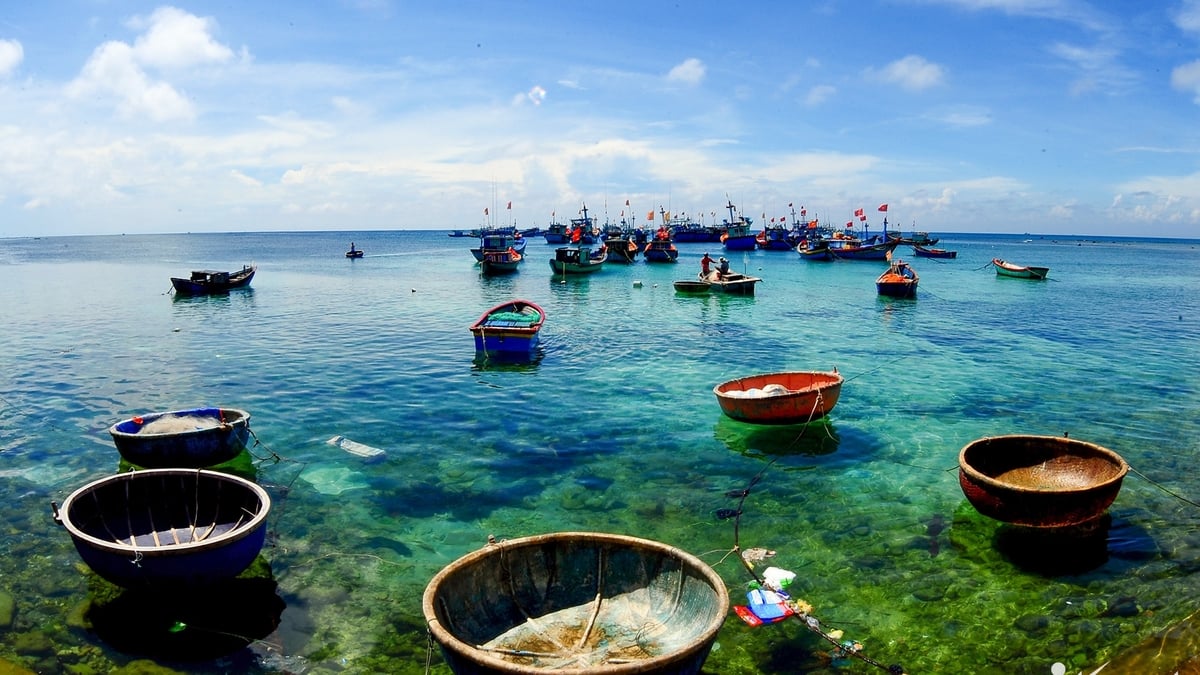
![[Photo] Party and State leaders visit President Ho Chi Minh's Mausoleum](https://vphoto.vietnam.vn/thumb/1200x675/vietnam/resource/IMAGE/2025/5/19/d7e02f242af84752902b22a7208674ac)
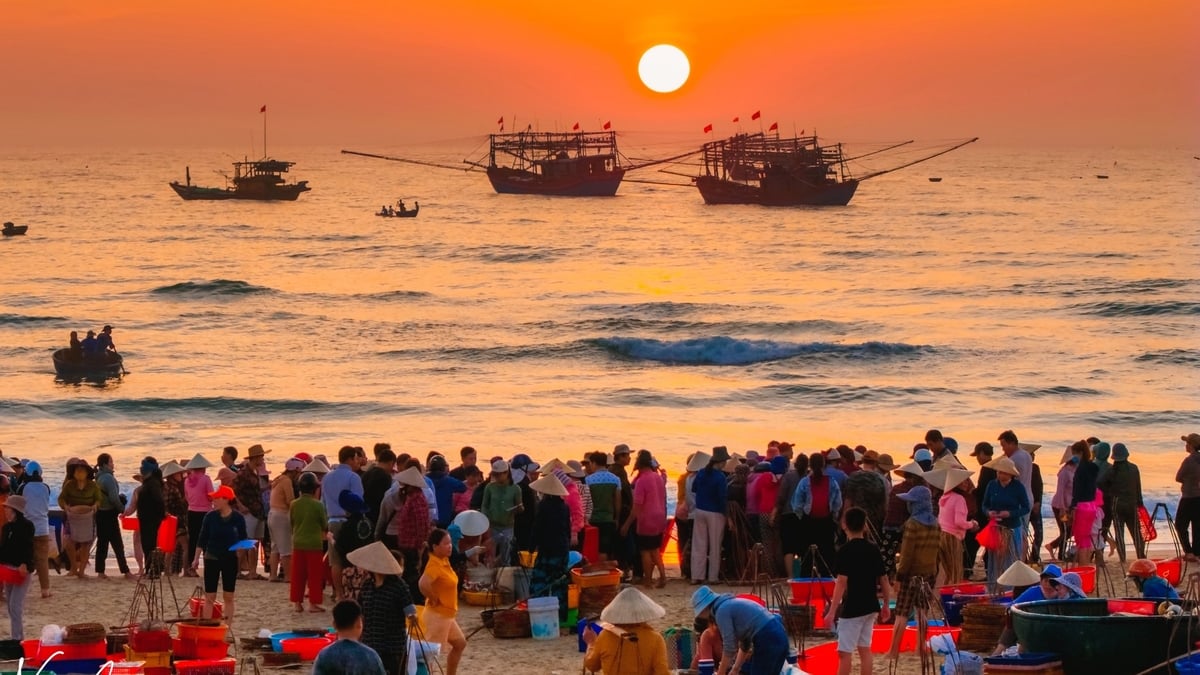
![[Photo] Special flag-raising ceremony to celebrate the 135th birthday of President Ho Chi Minh](https://vphoto.vietnam.vn/thumb/1200x675/vietnam/resource/IMAGE/2025/5/19/1c5ec80249cc4ef3a5226e366e7e58f1)

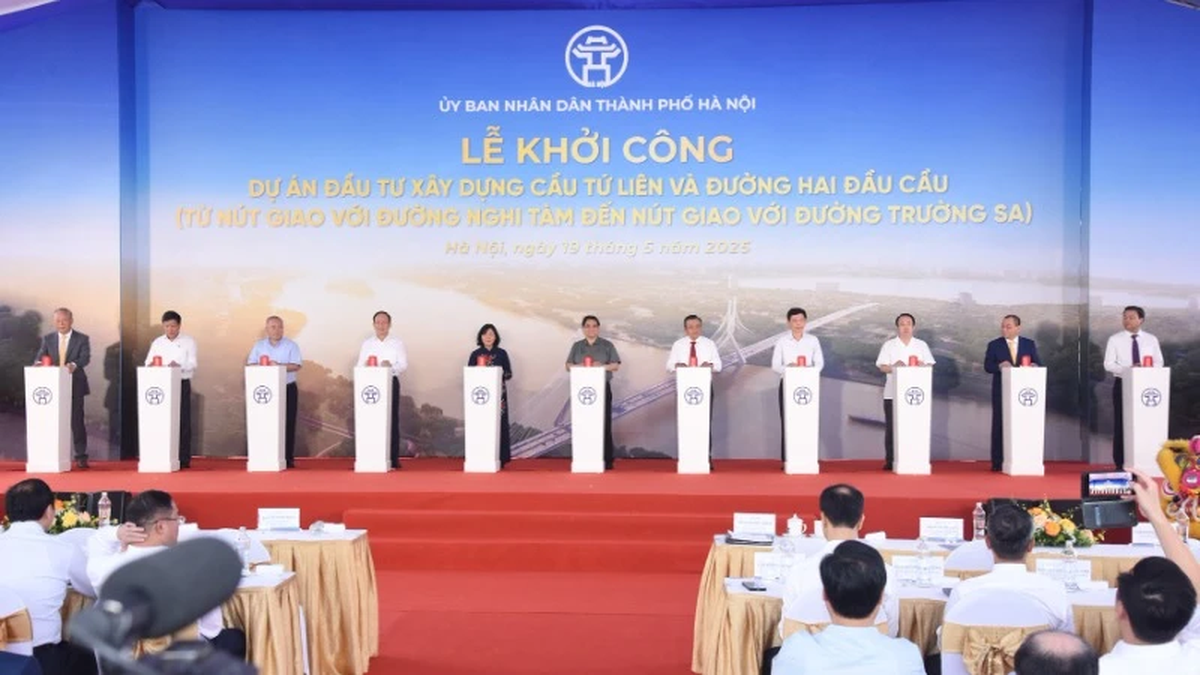


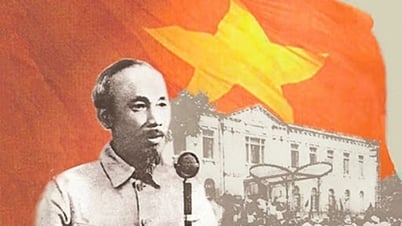

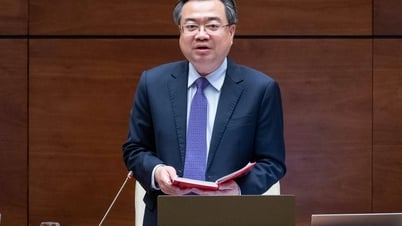

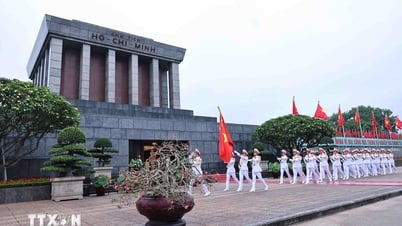

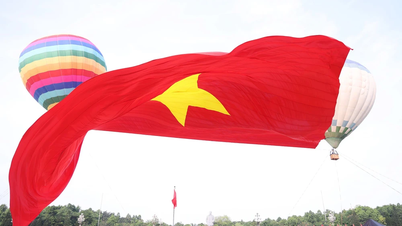
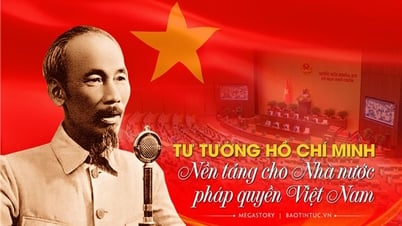










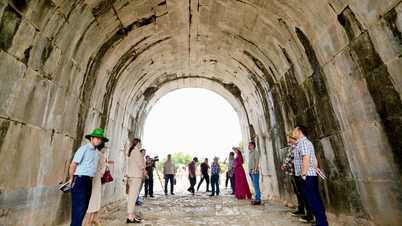

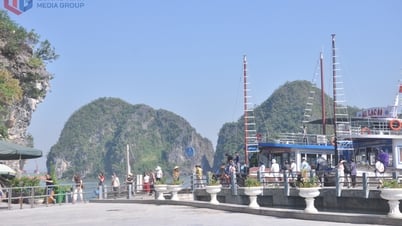



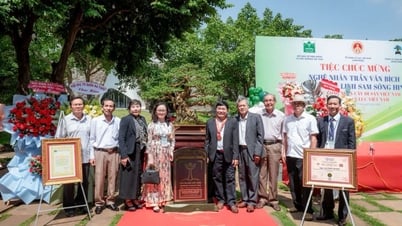











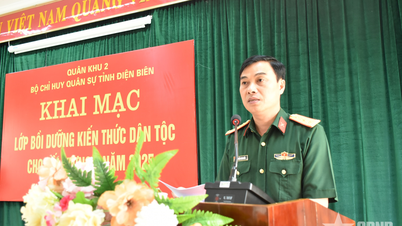








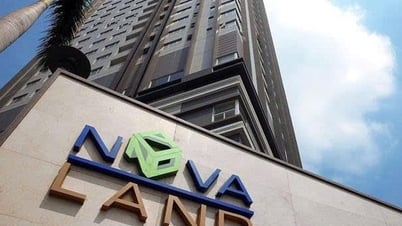
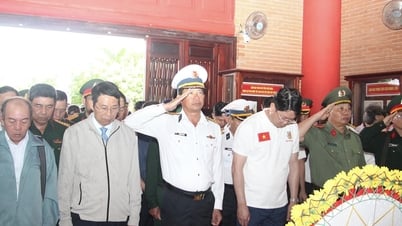

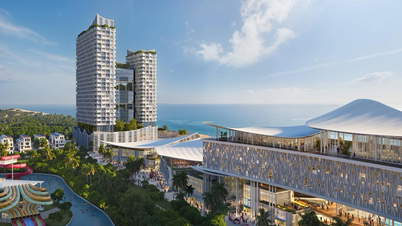




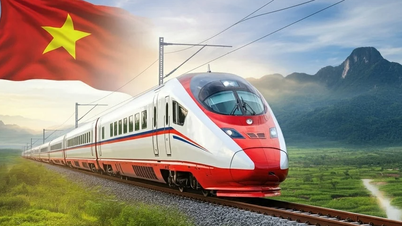
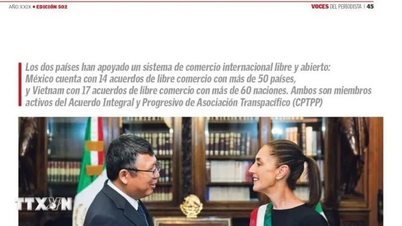

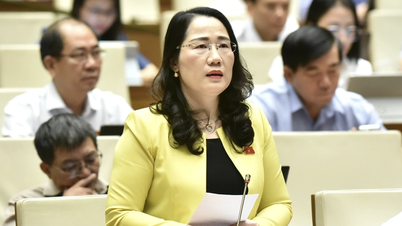



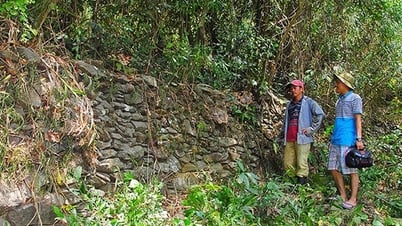

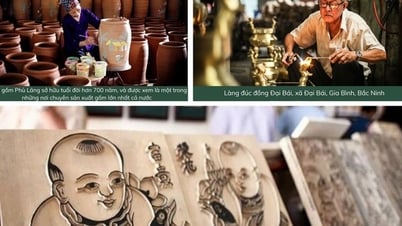
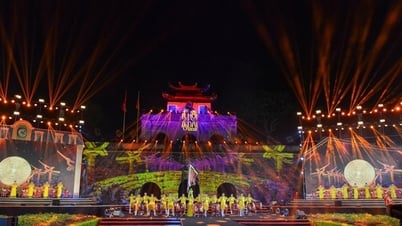
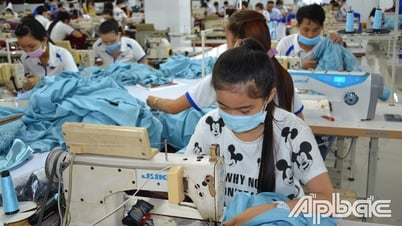



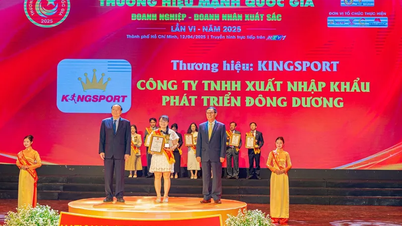



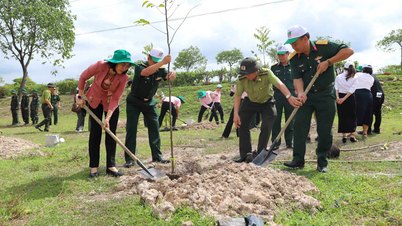

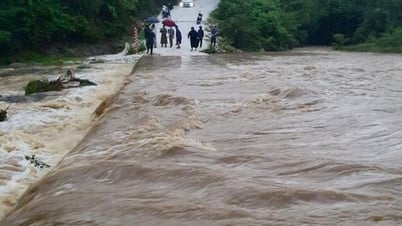

![[VIDEO] - Enhancing the value of Quang Nam OCOP products through trade connections](https://vphoto.vietnam.vn/thumb/402x226/vietnam/resource/IMAGE/2025/5/17/5be5b5fff1f14914986fad159097a677)








Comment (0)